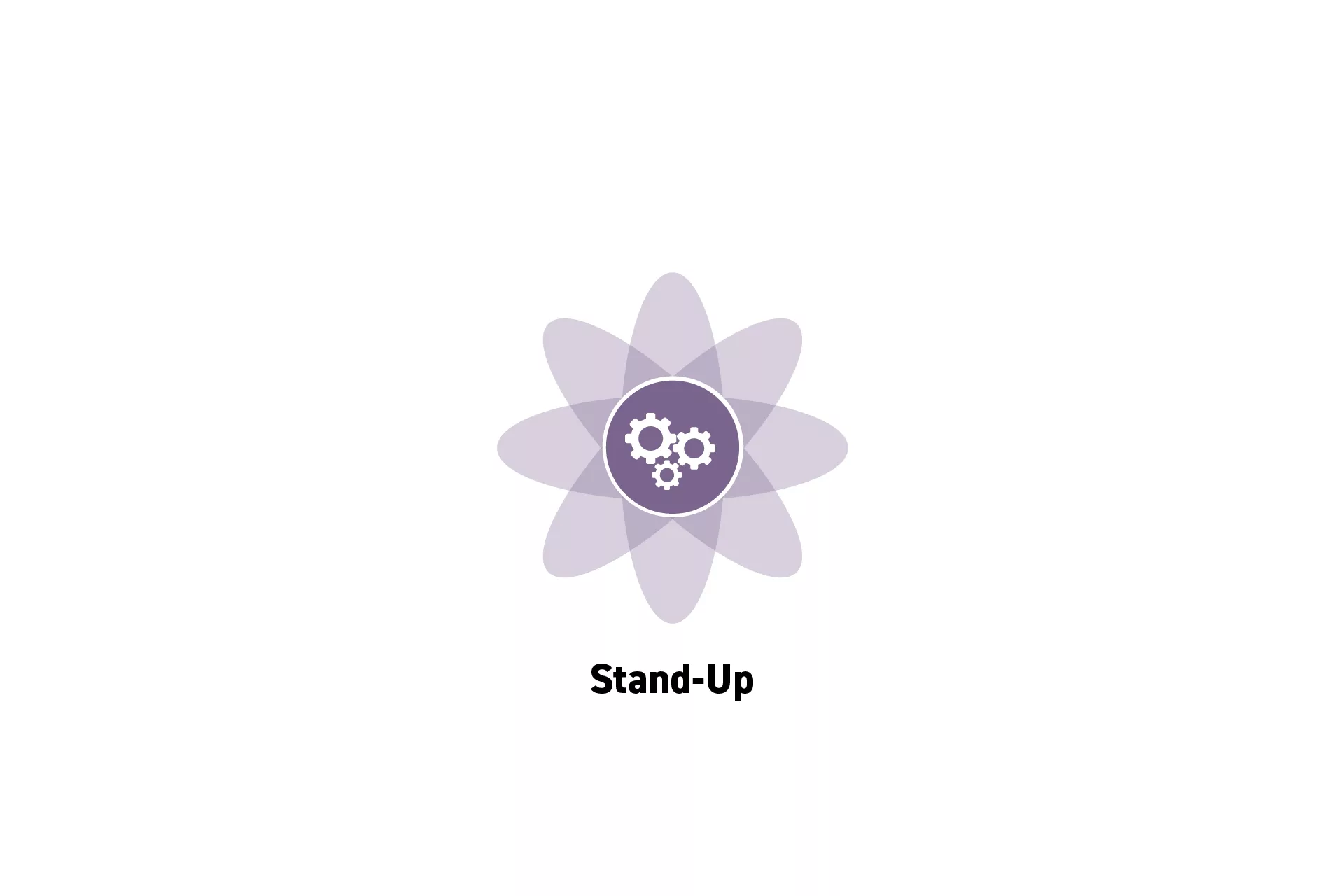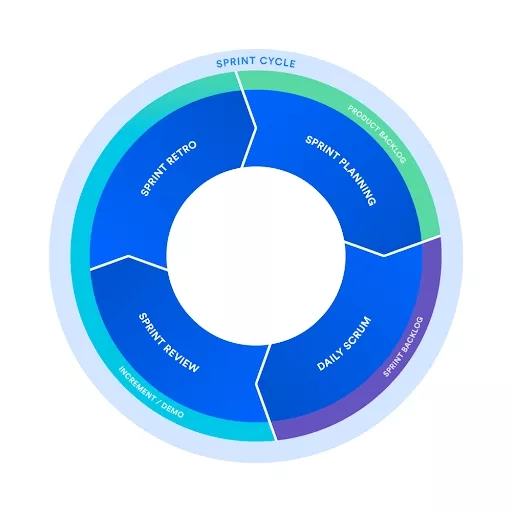How to perform a Stand-Up
A four step process to conducting a Stand-Up.

A four step process to conducting a Stand-Up.
SubscribeWhat is Stand-Up?Stand-Up is one of the key ceremonies of Scrum and is intended to streamline teams and boost productivity and efficiency through communication.
It is important to mention that there is no specific approach to Stand-Up, as it should be personalized to the individuals of the team that are participating in the ceremony. However, if you are looking for a starting point, consult our guide below.
Step One: Decide on the time of the day
Stand-Up needs to work for everyone on your team.
Find a time that works for everyone, which could be in the morning or afternoon.
Please note this becomes more difficult for teams working across time-zones and could be altered across days to respect different time-zones and separate the commitment and stress.
Step Two: Keep it short and Snappy
Whilst keeping things informal, make it clear that it's meant to be a short meeting where individuals go in and out as fast as possible.
Ask your team to come prepared to answer the following questions within a minute:
- What did you do yesterday/today?
- What are you doing today/tomorrow?
- Are there any roadblocks?
Ask team members to mention roadblocks succinctly. They should not interrupt or bottleneck the ceremony.
Step Three: Attend to Roadblocks or Complications
Roadblocks or complications should be discussed at the end of the meeting to maintain momentum.
If they do not require the attention of the full team, it might be of interest to discuss them in smaller break-out groups or separate meetings with key members of the team.
To maintain a culture of transparency, the outcomes of these discussions should be broadcasted to the team via e-mail or other forms of communication.
Step Four: Update the Backlog
After the meeting, update the backlog (i.e. groom the backlog) to make sure that it reflects the current state of the project.
Looking to learn more about our approach to the key ceremonies of Scrum?
To learn more about our approach to the other key ceremonies of Scrum, consult the article below.
Looking to learn more about Project Management, Technology and Strategy?
Search our blog to find educational content on project management, design, development and strategy.
